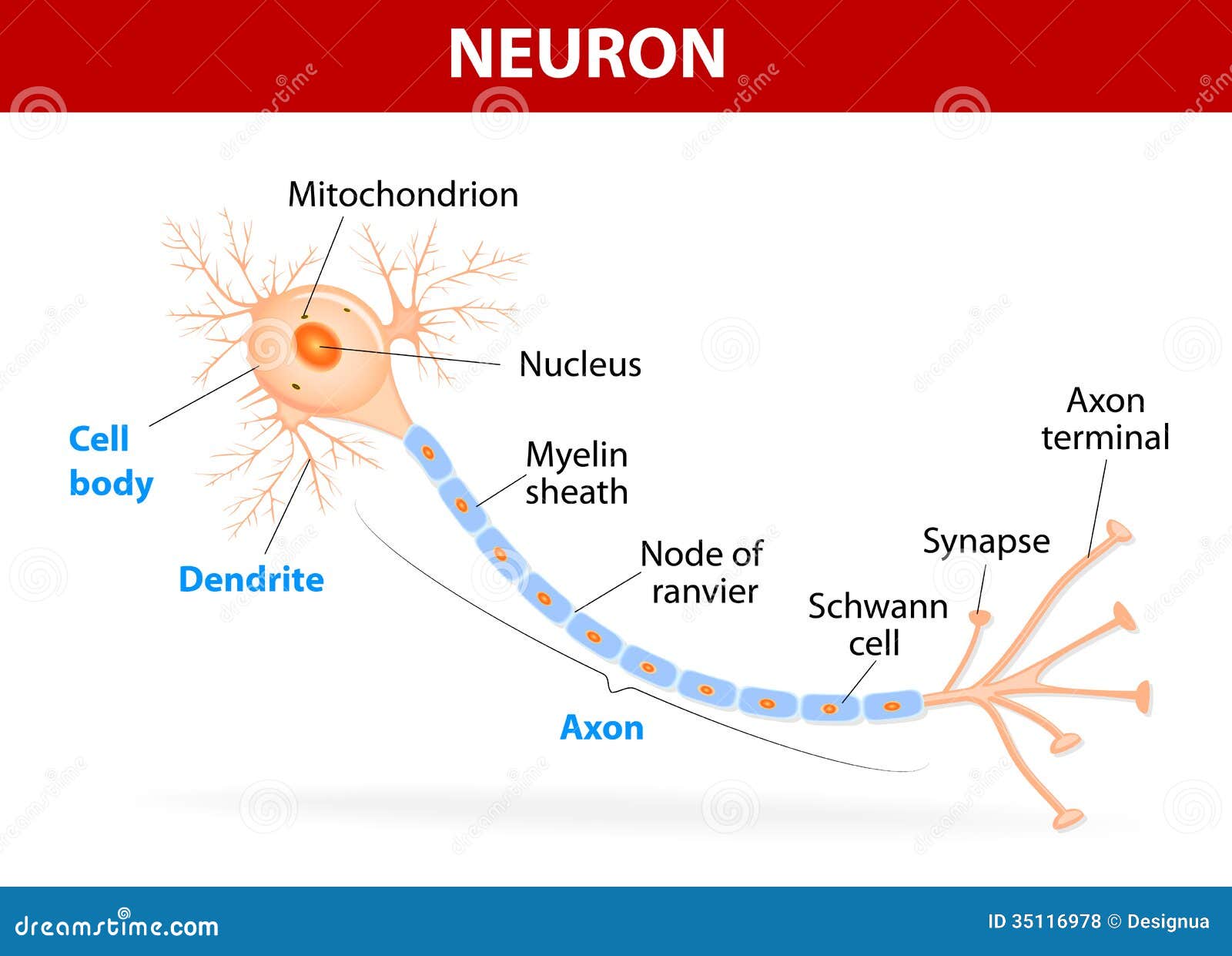

The position of axon hillock is found at the end of soma and it acts as a manager, summing the total inhibitory and excitatory signals. It maintains the genetic structure, carries genetic information and provides energy to drive various activities. It supports and maintains the functions of the cell body with a nucleus, Golgi body, endoplasmic reticulum, mitochondria and other components. They receive signals in electrical or chemical form and send them to inwards parts of the neuron.Ĭell body is the neuron’s core containing a cell nucleus and numerous cellular components which helps in performing different functions of the cell.

The number of dendrites varies from the location of the cell. These branch-like extensions are at the beginning part of the neuron to help in receiving signals and transmit them to the cell body of the neuron. All neurons have three main parts- Dendrites, Cell body and Axon.

Some of the important functioning of the neurons are given below. Interneurons: The interneurons’ function is to transmit information between different neurons of the body.Motor neurons: Motor neurons collect response from the central nervous system and transmit it to the muscles.Sensory neurons: Sensory neurons' main function is to receive information from different sensory receptor cells present in different parts of the body and transmit it to the central nervous system.Neurons are classified on the basis of the direction of signal transmission into 3 parts. They have one axon and two or more dendrites arise from the two opposite ends of the cell body. Multipolar: These neurons are most common in nature, found in the cerebral cortex.Bipolar: These neurons are found in the retina of the eye and have two processes, one axon and another one dendrite which extend from opposite ends of the cell body.Processes emerge from the cell body and divide into proximal and distal branches. Unipolar: These neurons have a single short process and are found in the embryonic stage.Neurons are anatomically characterised into three types based on polarity. Neurons are fundamental and structural units of the nervous system and are electrically excitable cells which are specialised to receive and transmit information to different parts of the body.


 0 kommentar(er)
0 kommentar(er)
